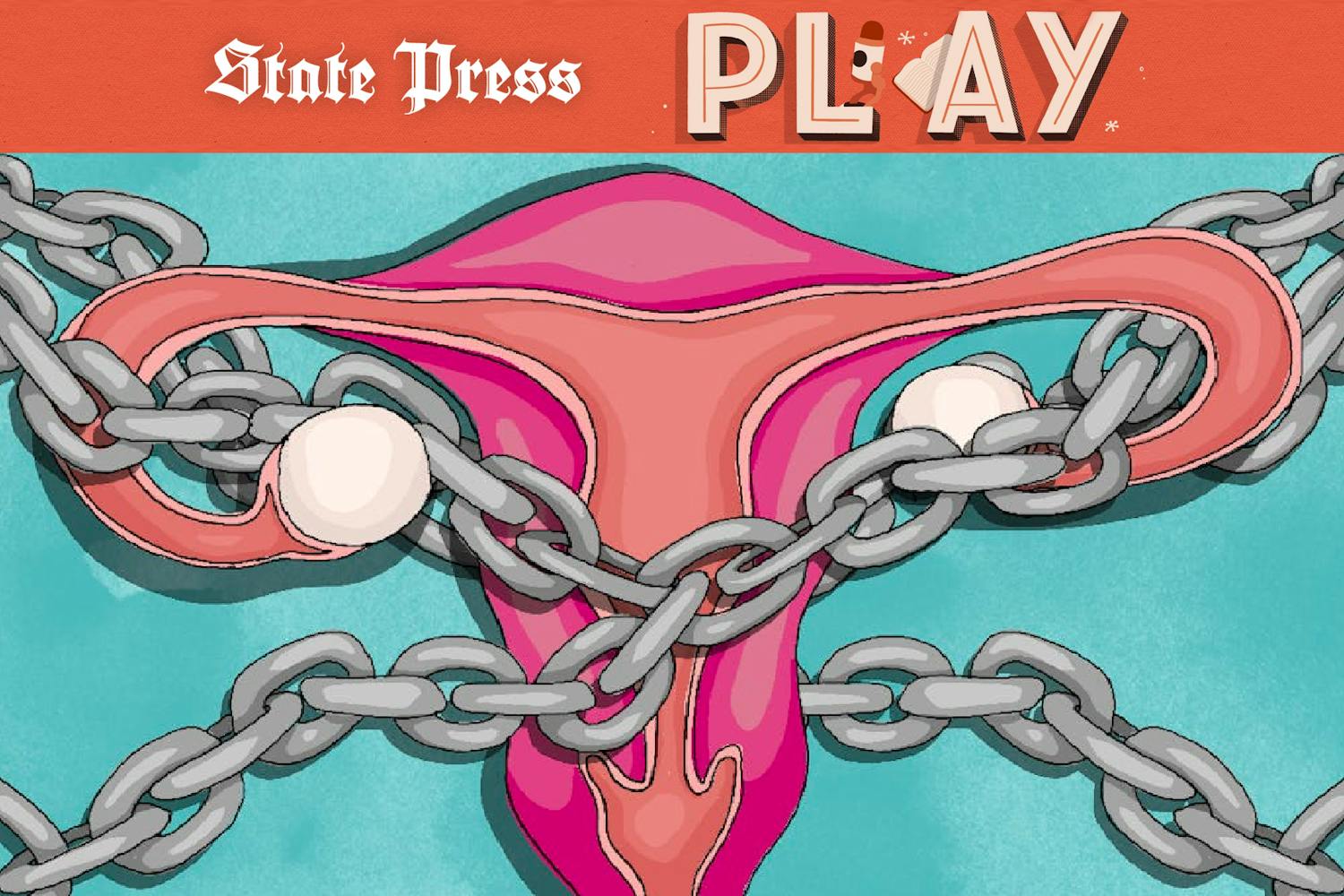If you missed the president's State of the Union address last week, don't fret - all you have to do is listen to any of his previous State of the Union addresses to get the message. He said we all need to work together and put our differences aside, and how we need to make government's work more efficient and less wasteful. The president's speech unsuccessfully made it seem like he has accomplished his initial campaign promises. He knows he needs to be a populous man in order to get re-elected. Promising results haven't come, and his ideas are politically unattainable. Hope is something most Americans lost in him a long time ago.
At the forefront of these propositions to restore our economy, he makes the pitch to put Americans back to work. This superficial claim appears simple and makes sense, but at the core rests an overused economic fallacy.
What do terrorist attacks, natural disasters and war have in common? Panic, destruction, deaths, and numerous economists ranting about the silver linings. When most earthquakes strike or acts of terrorism take place, thousands die and millions of dollars are spent fixing destruction and damage. What you can also count on is so-called economists writing articles that proclaim the benefits destruction brings to the economy.
What makes a distinguished economist is the ability to examine the unforeseen consequences of intervention in the market. In his monumental piece "That Which Is Seen, and That Which Is Not Seen", Frederic Bastiat explains these unforeseen consequences through the Broken Window Fallacy. While many politicians and economics professors believe war, earthquakes; or even government work programs create wealth, they are simply looking at that which is seen.
If the government spends billions on war or social programs, it is not hard to arrive at the conclusion that people and, subsequently, the economy benefits. War programs create jobs. Programs that build bridges and roads with government money create jobs. Question: how do these programs get the money to pay for their projects? Taxation.
If a particular government project costs $1 million to complete then $1 million must be extracted from the population. In the form of taxes, the money would be taken from families that might otherwise spend it on groceries, vacations and mortgages. Instead of going toward products that benefit and make better standards of living for individual households, as well as create useful sustainable jobs along the way, their income is taken and spent on unnecessary schemes that provide only temporary employment for few.
President Obama's economic fallacy is shared by all Republican candidates, except for Ron Paul. They believe they can create jobs and be the savior of the American economy by imposing their beliefs through interventionist legislation. A two party system does not exist in America, and Republicans and Democrats are just two different versions of one big government party. The realization that less control over people's choices and lives creates the ideal marketplace for everyone needs to happen soon. The American economy can only be restored through freedom of choice.
Reach the columnist at calfaro2@asu.edu
Click here to subscribe to the daily State Press newsletter.



